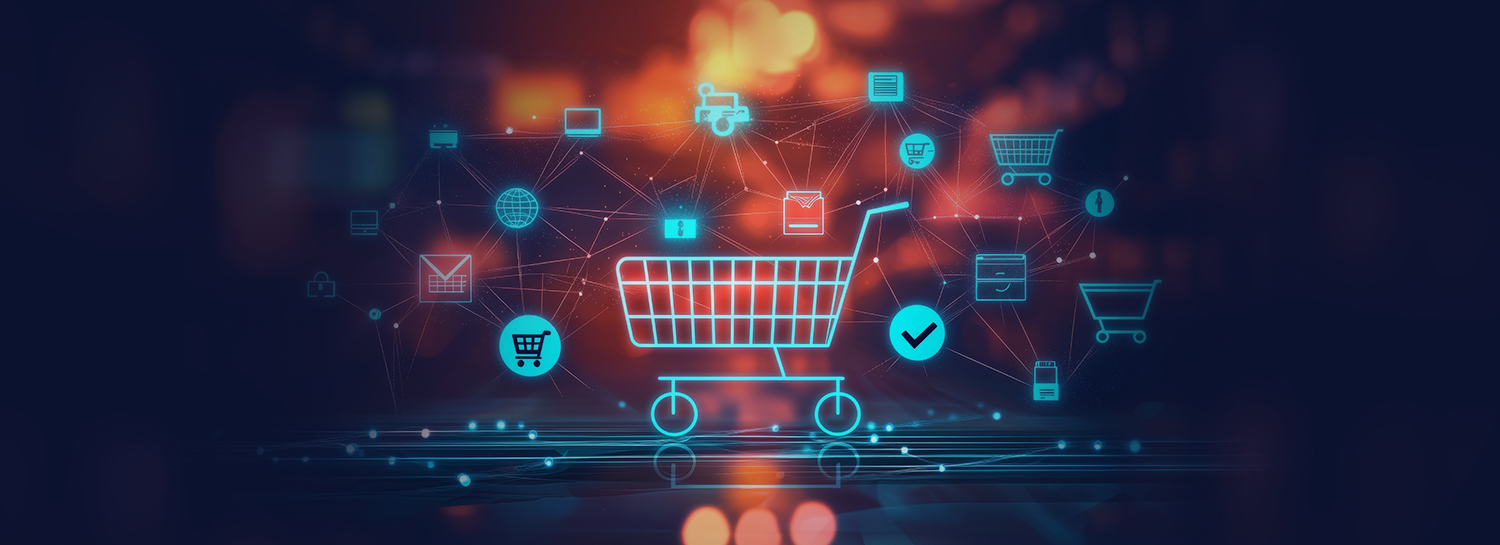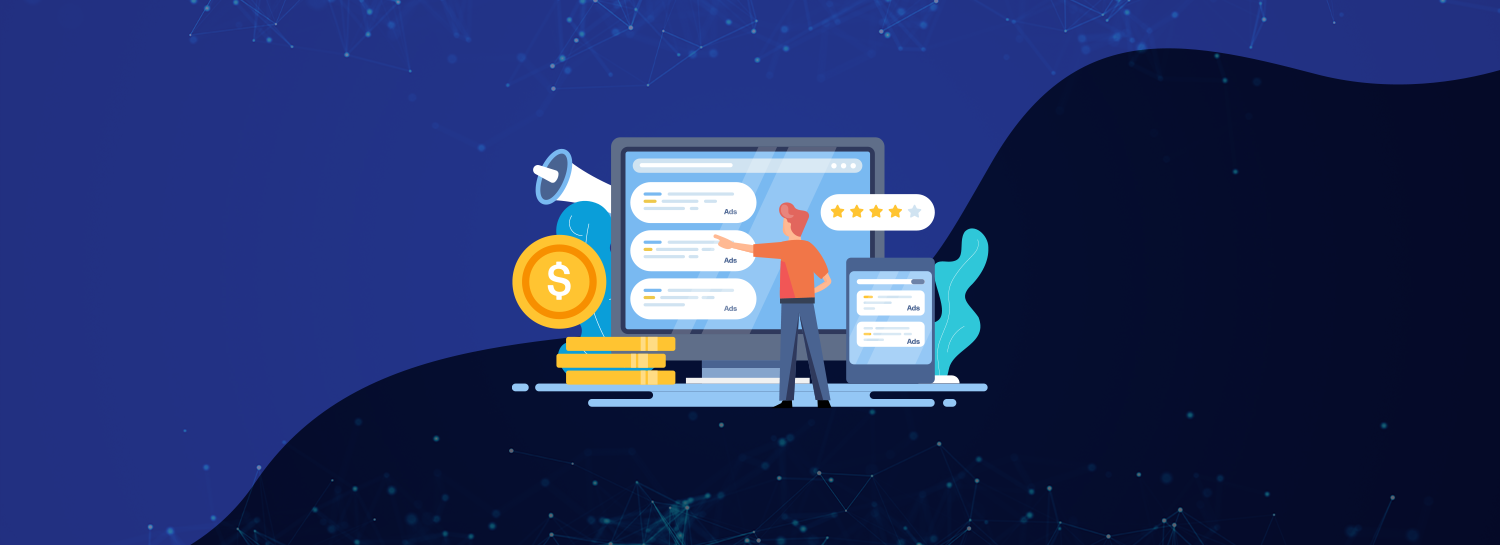One can hardly pick up an industry journal without seeing an article on headless commerce. But what is it, and how will it affect the brand manager’s top goal of acquiring new customers?
First, let’s be clear about one thing: headless commerce deserves all the hype it’s getting because it is fuelling – and will continue to fuel – a lot of innovation in commerce, marketing and advertising.
For instance, let’s say I’ve had my eye on a winter coat but yet to take the plunge of buying it. The brand can target me with a promotional offer on my Instagram feed, enabling me to buy it directly from the ad, bypassing a visit to its site and the whole shopping cart/checkout process. That’s a lot of obstacles eliminated!
The ability to extend your ecommerce storefront to any digital channel is just one of the many benefits of headless commerce.
So what does headless commerce mean exactly? Headless commerce decouples the backend of an ecommerce site from the front end, meaning the order processing, customer records, EPR integration are separated from the customer-facing elements, including content, images, product configurators and so on. What you’re left with is an ecommerce platform without a “head.”
APIs connect the frontend to the backend, sending requests from the presentation layer (i.e. the frontend) to the application. So in my example, when I click the “Buy Now” button on the ad in my Instagram feed, the presentation layer of the apparel company’s headless ecommerce system sends an API call to the application layer to process the order. The application layer then sends another API call to the application layer to show me the status of my order.
Benefits of Headless Commerce
- Painless omnichannel marketing. Unlike a traditional ecommerce store, headless commerce allows you to sell in any channel, even those that have yet to emerge. You can include the ability to buy seamlessly any place where a consumer will see your content: social media, ads, blogs, SMS messages, and so on. And it’s not just selling; you can invite anyone to sign up for your email or SMS newsletter and offers.
- Speed to market. It’s much easier to implement customer-facing site enhancements when the frontend is decoupled from the backend because you don’t need to roll out the update across your entire system, just one part of the system.
- Flexibility. As new channels emerge, your developers can add new channels to your existing platform. You won’t need to replatform your entire store just to service customers in a new channel.
- Save in development costs. If your store runs on a complex ecommerce platform, like Magento Commerce, headless commerce can offer lower development costs, as it’s much faster for a developer to write, implement, test and deploy site enhancements.
- Marketing focus commerce. In traditional ecommerce, the technology typically drives how you engage your customers, but with headless commerce your marketing team can make those decisions based on how and where customers discover your brand.
- Personalization deployed anywhere. Headless commerce allows you to personalize content in any channel, as my winter coat example shows. Going further, the brand can show me a hat and scarf set that goes with the coat when I’m on Facebook, or show me a spring rain coat a few months down the road, which I can buy with a single click.
Obviously this is a simplified explanation of headless commerce, but it shows why, as a digital marketing agency, we are super excited about the world of opportunities it offers our clients. Headless commerce is powering a new range of engagement possibilities – such as social commerce, that resonates with the younger generations. It’s the best way to ensure your ecommerce store and brand can keep up with consumers as they adopt new channels and shopping habits.
We’ll help you move into the future, get in touch.










